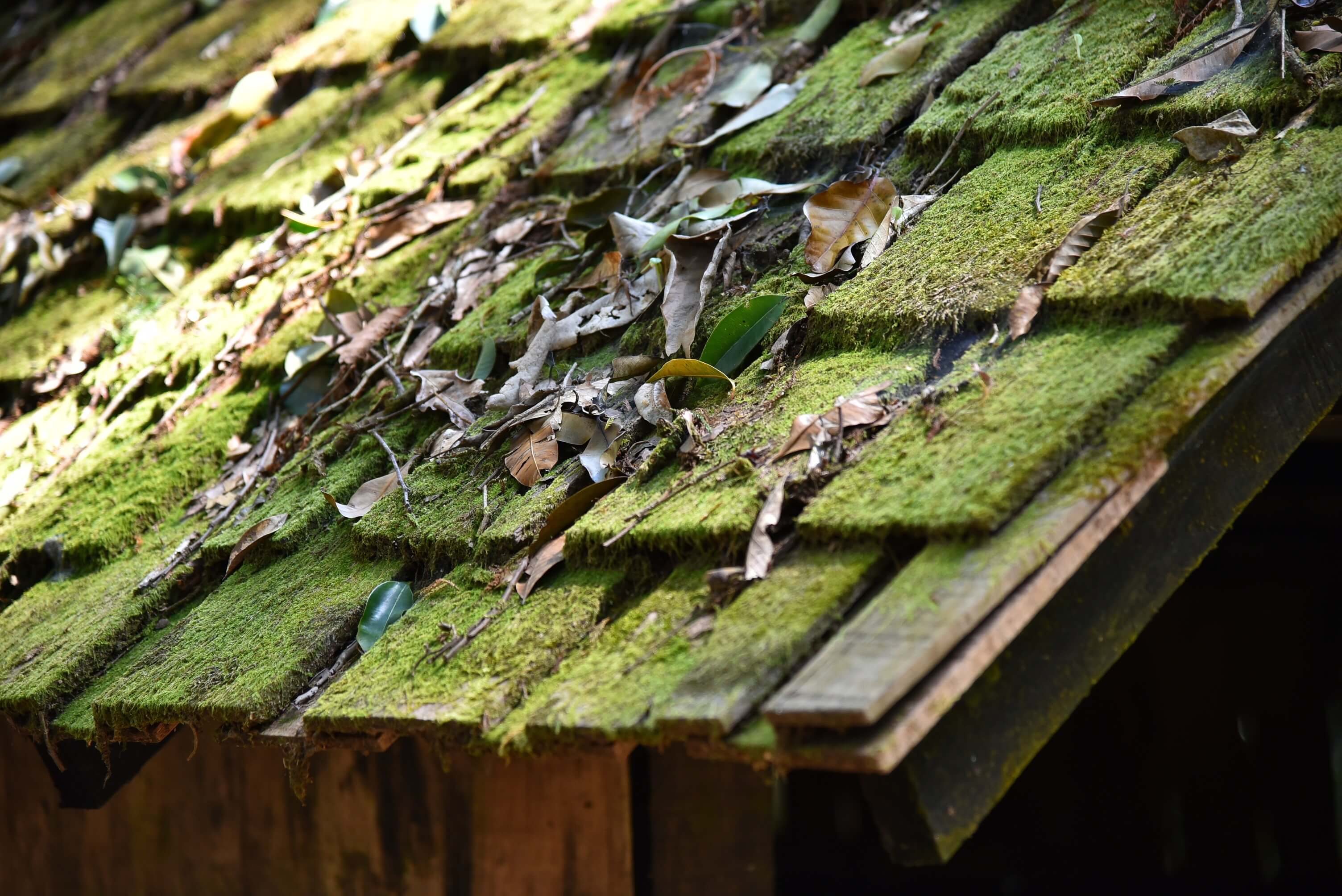Moss doesn t always mean you re destined for a whole new roof nor does it mean your home has water or moisture damage.
Is a mossy roof bad.
It can wreak so much havoc that it could cause the roof to lose its structural integrity and ultimately render your home unsafe.
Moss thrives in cool damp environments.
You often will see it growing on trees.
If you notice moss or algae on your roof don t panic.
If you have moss on your home s roof you should have it taken care of.
Roof moss rhizoids gradually lift shingles creating cracks and crevices that allow moisture to get underneath them.
The plain and simple answer is yes.
Moss is a non vascular plant that absorbs water through its leaves instead of roots.
Moss has the ability to damage your roof s integrity greatly.
Moss is a simple plant that does not produce flowers and grows in blankets in natural environments.
When moss grows in under and around your roof tiles it actually acts as a filler.
This can ultimately cause roof leaks and rotting of the wood underneath.
The danger of moss lies in its ability to retain moisture.
Follow these three straightforward steps to clean off all moss and keep it from coming back.
While it does give a house a fairy tale hobbit like look moss contributes nothing else to a roof.
If sections of your roof are under heavy tree cover these are prime spots for moss to thrive.
Moss itself is harmless.
Let s dive in now to discussing what moss is why moss growing on your roof is such a bad thing and how to get rid of this insidious plant.
It does not produce any dangerous spores or fumes it contains no poisons or irritants and it lacks the mass to physically damage any structures including roof shingles.
Packing out any gaps and plugging the spaces.
A layer of green moss might look cozy and rustic atop your house but it can be bad news for your roof.
Moss takes hold on a roof by extending rhizoids which are strong root like tendrils that keep it from blowing off or washing away in the rain.
In fact if moss is left unchecked it can lead to serious damage to your home.
Moss tends to form in areas where it is shielded from the sun.
Whilst a mossy roof might not be aesthetically pleasing you could end up in a lot more trouble should you decide to remove the spongy green invader from your roof tiles.
Lush and verdant thick moss overtaking a roof can be picturesque.
You commonly see moss covering trees or in a landscape of a forest canopy which can be beautiful depending on the circumstances.
If you have moss on your roof it s likely because your roof is shaded by trees or other structures allowing moisture to linger and moss to grow.
This simple plant doesn t produce any flowers and it grows in a blanket.

